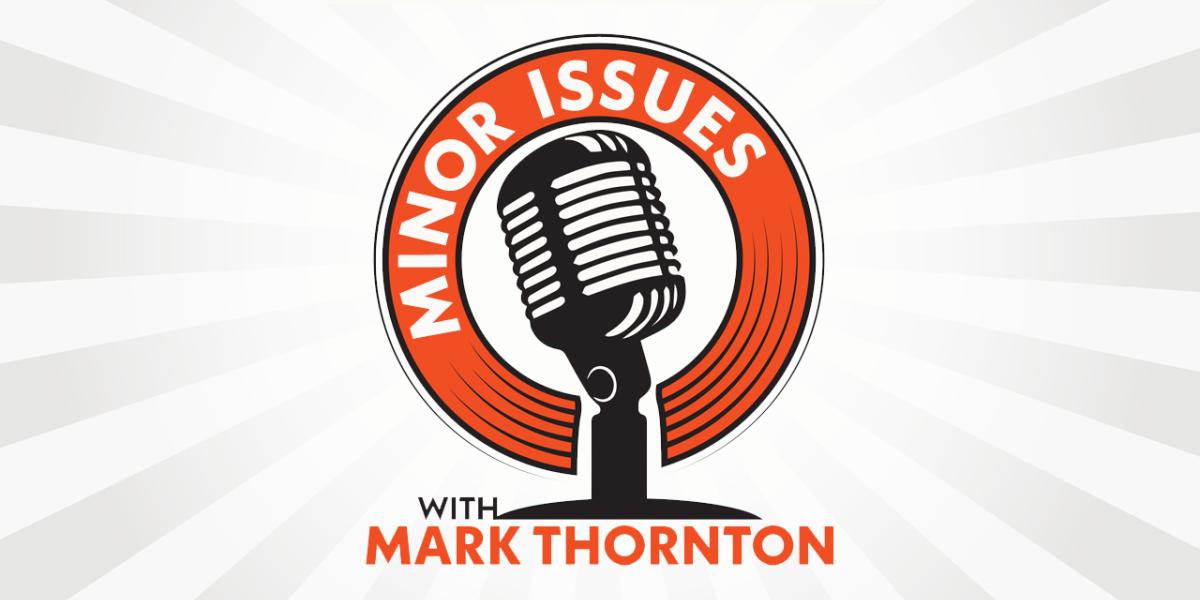Economic crises don’t just happen—they follow a predictable pattern of boom, bubble, and bust. In this episode, Mark Thornton exposes the true cause of economic crashes: government intervention in money and banking. From the Dutch Tulip Bubble to the Great Depression and beyond, Mark traces how central banks, inflationary policies, and reckless government spending set the stage for financial collapses. Mainstream economists blame “animal spirits,” psychological instability, or capitalism itself, but what if the real culprits are the very institutions claiming to prevent crises? Tune in to uncover the truth behind booms, busts, and the destructive cycle of intervention.
Additional Resources
Playing with Fire: Money, Banking, and the Federal Reserve: Mises.org/Fire
Early Speculative Bubbles and Increases in the Supply of Money by Doug French: Mises.org/Bubbles
The Skyscraper Curse: And How Austrian Economists Predicted Every Major Economic Crisis of the Last Century by Mark Thornton: Mises.org/Curse
Be sure to follow Minor Issues at Mises.org/MinorIssues
What is the Mises Institute?
The Mises Institute is a non-profit organization that exists to promote teaching and research in the Austrian School of economics, individual freedom, honest history, and international peace, in the tradition of Ludwig von Mises and Murray N. Rothbard.
Non-political, non-partisan, and non-PC, we advocate a radical shift in the intellectual climate, away from statism and toward a private property order. We believe that our foundational ideas are of permanent value, and oppose all efforts at compromise, sellout, and amalgamation of these ideas with fashionable political, cultural, and social doctrines inimical to their spirit.
Originally Posted at https://mises.org/

